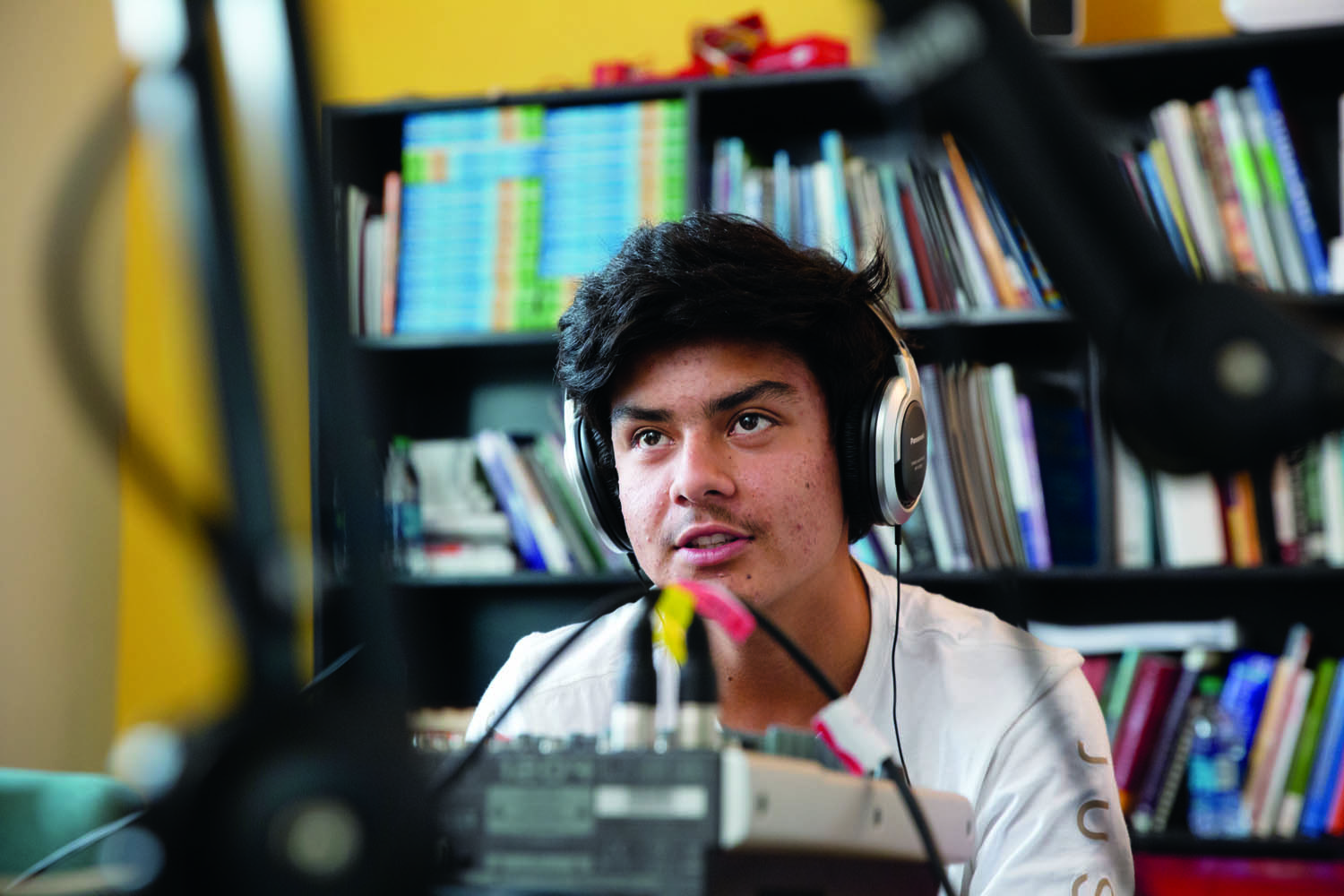Podcasts. They’re kind of everywhere right now. And why not? They’re easily accessible, often entertaining, and use storytelling to teach their audiences something new or explore topics that don’t often get much attention in other media.
Chances are, you’ve got a favorite pod, and have at least one ready to go on your phone. (Side note: We’re really into Story Corps right now, in case you were interested.)
What’s really cool about podcasts, beyond the fact that there’s one for everyone, no matter their interests, is that people like you and me have been creating their own pods at home and at school. That’s right, even students.
PODCASTS AND PROJECT-BASED LEARNING
Creating and developing podcasts can easily be incorporated into a project-based learning classroom environment.
That’s because project-based learning encourages students to solve real-world problems through personally meaningful projects. Typically, these projects take place over an extended period of time and can vary from a week up to an entire semester.
Along the way, students develop deep content knowledge as well as critical thinking, collaboration, creativity, and communication skills—something that the production of podcasts inherently requires.
USING REAL-WORLD SKILLS
Students at Elizabethton High School and Latitude 37.8 High School, developed podcasts about local history. They looked to the heart of their community for inspiration—and inspiring people to share tidbits of history most people in the community had no idea about.
With the support of their schools, each student-produced podcast required the development of a number of real-world applicable skills like:
- Coming up with a concept for the pod, as well as naming it
- Researching and interviewing people familiar with the topic
- Deciding on the pod’s structure (interview vs. narrative/storytelling)
- Learning digital audio recording skills
- Developing and editing scripts
- Project management
- Public speaking
- And a whole lot more
GREAT STORIES, BIG RESULTS
The culmination of Elizabethton High School’s podcast, which began as a social studies and ELA assignment, was an episode titled “Murderous Mary and the RISE of Erwin.” The pod told the bizarre true story of an elephant hanging that took place over a century ago (yes, you read that right). So many questions. But, you’ll need to tune in to the award-winning podcast to find out the rest.
In fact, the episode was so good, it placed as a winning podcast at NPR’s first-ever Student Podcast Challenge, of which more than 25,000 students from across the country participated.
For the podcasters at Latitude, their final product was Oaklore, a four-episode pod that tells the stories of Oakland changemakers who are inspiring others to “lead collective action in our city.” From interviews with local authors to individuals helping to empower the underserved, Oaklore shines a light on regular people invested in making positive change happen in their community.
PODCASTING RESOURCES
Making a podcast is an awesome way to incorporate project-based learning, real work, storytelling, and student voice into a single unit and can be applied to just about any subject or area of interest.
For resources on how to produce a podcast and pods that are sure to resonate with both educators and students, we hope you’ll check out the links below:
- How to start a successful podcast (for under $100)
- 16 great learning podcasts for the classroom
- 8 student-made podcasts that made us smile
- Podcasting creates an audience for student storytellers
- Success Academy 7: the high school
- Youth voice: empowering students
- What can you do on International Podcast Day?
If you’ve used podcasting as a teaching tool in your classroom, we’d love to hear about it! Send us a line, and we’ll get back to you.
Here are some other articles about student voice and project-based learning from the XQ blog:
The awesome way one school is helping students broadcast messages to the world
From the classroom to the “real world”
What happens when students decide how they learn?
Where the city meets the classroom
TAGS:







